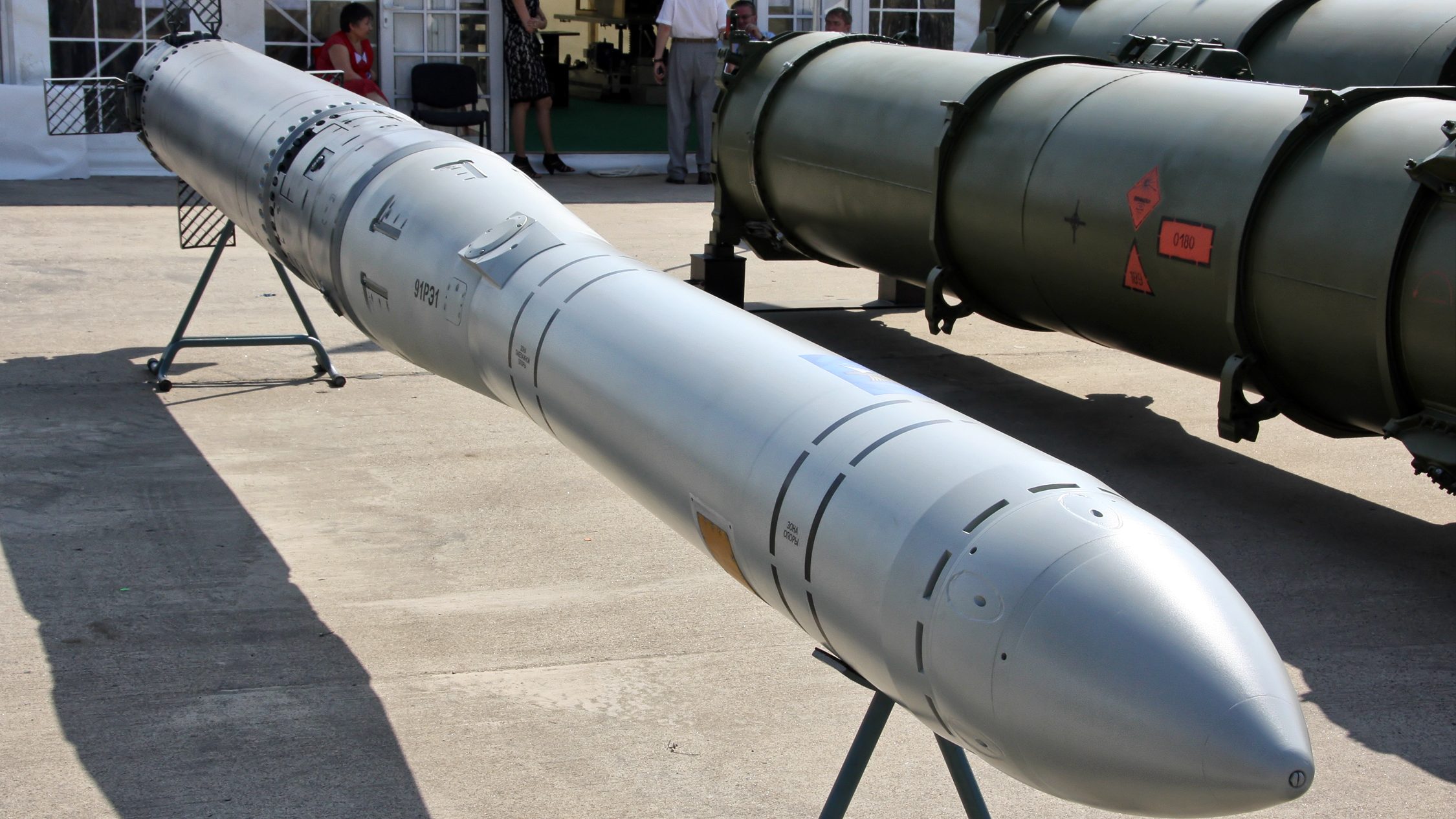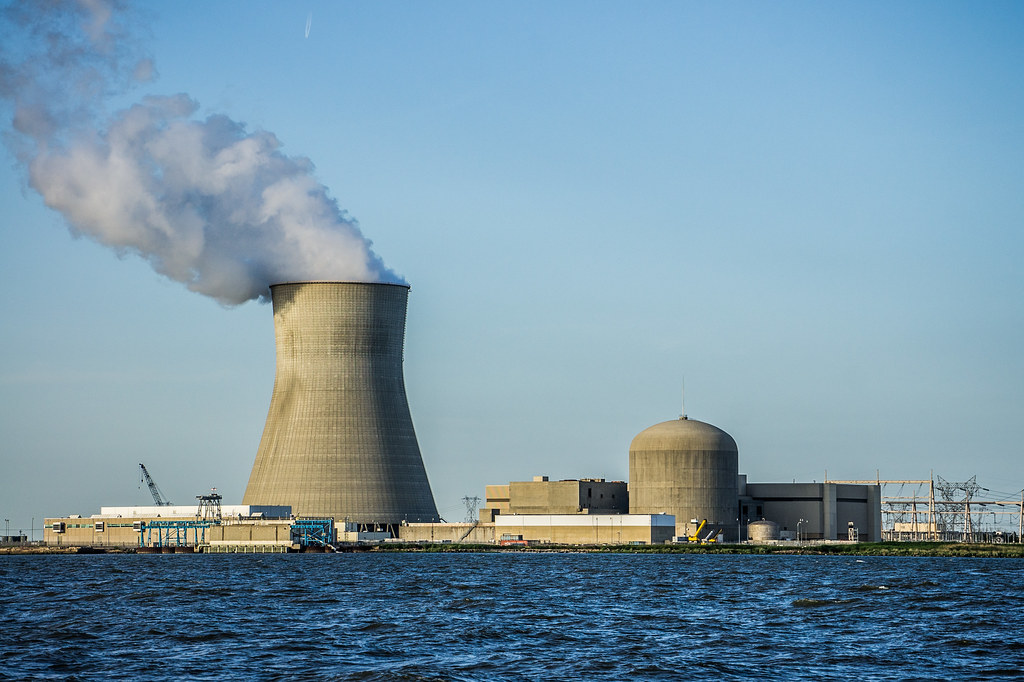
The most fearsome nuclear weapon in Russia’s arsenal may not fly through the air-it may glide silently beneath the waves. The Poseidon nuclear-powered torpedo, officially revealed by President Vladimir Putin in 2018, is like no previous strategic system. It’s designed to act autonomously at extreme depths, evade missile defenses, and deliver catastrophic strikes against coastal targets. To Western analysts, it has been dubbed a “doomsday weapon,” and its development signals a profound shift in undersea warfare.
While much about Poseidon remains classified, what open-source intelligence and public Russian statements have let on is a weapon that fuses Cold War nuclear doctrine with next-generation autonomous systems. From its enormous size to nuclear propulsion, and from its controversial potential to trigger radioactive tsunamis, Poseidon is rewriting deterrence theory and forcing NATO to reconsider anti-submarine strategies. Here are nine of the most compelling aspects of this unprecedented undersea threat.

1. An enormous submarine weapon
Poseidon is one of the biggest torpedoes ever imagined-more than 20 meters in length and about 2 meters in diameter, weighing around 100 tonnes. According to different estimations, as presented in Russian media and by analysts, it would carry a multi-megaton warhead, possibly up to 100 megatons. Its tremendous size allows it to have a compact nuclear reactor on board, thus giving it almost unlimited range. It is not merely a question of size for power, but the scale involved allows this weapon to operate for very long periods of time autonomously, crossing oceans without surfacing.

2. Nuclear Propulsion and Unlimited Reach
Powered by a small nuclear reactor, Poseidon has the potential to travel for thousands of miles underwater. Some estimates put its range at 6,200 miles, well enough to hit targets on other continents. That grants it great endurance-the ability to loiter in patrol zones, or approach targets from unexpected vectors in a way that complicates any defensive response. Nuclear power will also permit sustained high speeds, although Western experts are skeptical of the most radical Russian claims of 100 knots.

3. The Radioactive Tsunami Concept
Perhaps the most contentious feature of Poseidon, however, is a purported ability to detonate offshore and create a massive radioactive tsunami. This is trumpeted by Russian state media as the capability to inundate coastal cities with contaminated water, making them uninhabitable for decades. Analysts like Professor Raul Pedrozo from the U.S. Naval War College warn that such a concept might violate both the ENMOD Convention and Additional Protocol I because it turns the natural environment into a weapon, while doing so in an indiscriminate manner against civilian populations.

4. Second-Strike Deterrence
Russian doctrine frames Poseidon as a second-strike system-designed to survive a first nuclear attack and retaliate decisively. Since it operates deep underwater, it could bypass any missile defense systems, which are optimized against airborne threats. It is in these ways that even if Russia’s land-based and ballistic missile submarine forces were neutralized, the Poseidon would be able to deliver devastating blows against an adversary’s coastal infrastructure.

5. Specialised launch platforms
Poseidon will be carried by purpose-built submarines like Project 09852 Belgorod and the more recent Project 08951 Khabarovsk. Belgorod is a converted Oscar II-class vessel that entered service in 2022 and can carry six Poseidons. It can also be used as a mother sub for deep-sea drones and minisubs. Khabarovsk is a derivative of the Borei-class hull. The submarine has, since its design, been planned to operate with the Poseidon and features inherent stealth attributes like a pump-jet propulsor and less displacement compared to other ballistic missile submarines.

6. Integration with Seabed Warfare
Beyond the question of nuclear deterrence, the carriers of Poseidon are designed to conduct seabed operations surveillance, cable tapping, and laying of undersea sensors. It corresponds to a greater trend in the militarization of the seabed, with critical infrastructure-the target of growing attention-including pipeline and communications cables. For example, Belgorod can lay a submersible nuclear powerplant for energizing undersea sensor networks, combining strategic strike capability with intelligence gathering functions.

7. Challenges of Stealth and Countermeasures
It will be a formidable challenge to detect the Poseidon operating at depths up to 1,000 meters and at speeds in excess of 70 knots, as current anti-submarine systems in service are poorly suited to track a target with such speed and depth capability. At these depths, passive sonar suffers from low signatures, and the use of active sonar is fraught with the danger of revealing the hunter’s position. Non-acoustic methods, such as magnetic anomaly detection, suffer from environmental noise and submarine stealth measures.

8. Legal and Ethical Controversies
International law experts say that the possible environmental impact likely to emanate from Poseidon could violate treaties regulating warfare. The ENMOD Convention prohibits hostile environmental modification with widespread, long-lasting, or severe effects. Additional Protocol I to the Geneva Conventions prohibits methods that cause extreme damage to the natural environment. A radioactive tsunami, as some of the Russian statements have imagined, would probably breach both so that the legality of the weapon in armed conflict is very doubtful.

9. Strategic Signaling and Arms Race
Implications Recent Russian tests of Poseidon, announced in conjunction with trials of other strategic systems such as the Burevestnik cruise missile, are a form of geopolitical messaging. In demonstrating these capabilities, Moscow hopes to offset U.S. missile defense programs while gaining leverage in arms control talks. NATO has responded with an uptick in undersea surveillance networks and related efforts to develop counter-UUV technologies, but the appearance of Poseidon heralds another dimension in the nuclear competition-one that extends far beneath the ocean’s surface.
Poseidon is more than a technological curiosity-it is a strategic disruptor. Combining nuclear propulsion and extreme endurance with unconventional strike concepts, it challenges multiple aspects of the existing defense architecture and legal norms. Regardless of whether the radioactive tsunami concept is feasible or even possible, its stealth and survivability make this a potent second-strike asset. And as Russia approaches the milestone of operational deployment, NATO and allied forces have an urgent duty to adapt their undersea warfare strategies against a threat that redefines the boundaries of deterrence.


